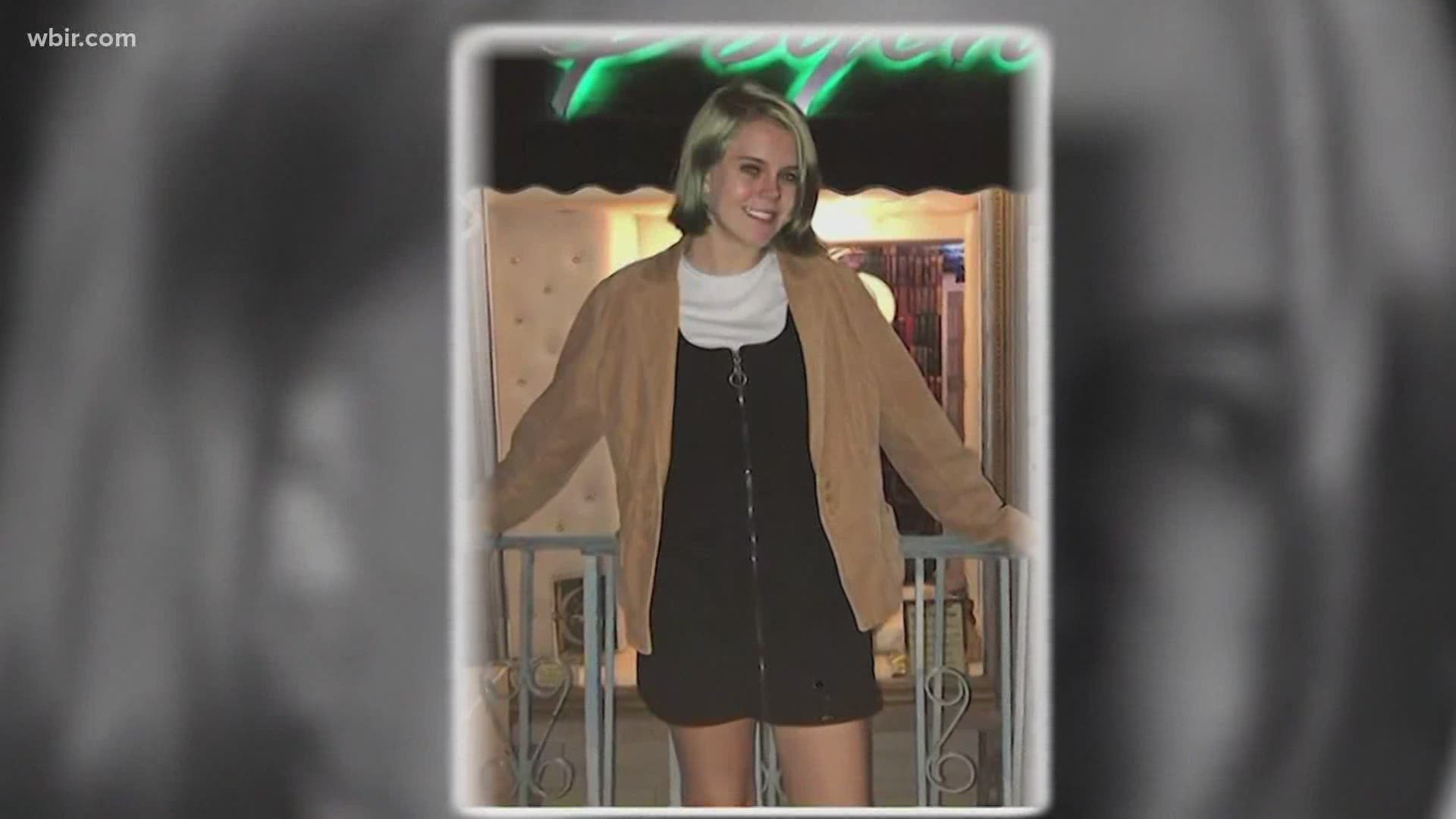WASHINGTON -- Civil rights landmarks in Birmingham ’s historic downtown would become part of the National Park Service system under legislation unveiled Tuesday by an Alabama congresswoman.
The measure by Democratic Rep. Terri Sewell is one of several recent efforts to include historic civil rights sites under the park service's umbrella. There's also a proposal to designate the Jackson, Miss., home of activist Medgar Evers as a national historic landmark. And the Bogalusa, La., home of activist Robert Hicks was included on the National Register of Historic Places last year.
“All of them are critically important to the preservation of the history and the journey of America and the civil rights movement,’’ Sewell said.
She and other advocates hope to take advantage of interest in milestones of the movement, which recently have included the 50th anniversaries of the Selma-to-Montgomery march in Alabama in 1965, Evers' murder in June 1963 and the September 1963 bombing of the 16th Street Baptist Church in Birmingham that killed four black girls.
“We’re building on the momentum of the 50th anniversary of so many pivotal moments in the civil rights history,’’ Sewell said.
Last month Congress, spurred by Sewell, awarded the Congressional Gold Medal to the “foot soldiers’’ of the civil rights movement.
Sewell urged the public to “remember that we have to preserve these sites for future generations."
"There is no better agency to do that than the National Park Service,’’ she said.
In addition to managing parks, the park service also hosts the National Historic Landmarks Program and the National Register of Historic Places. Last year, President Obama proposed spending $50 million on a park service initiative to preserve and upgrade civil rights sites.
“It’s a way for us to recognize nationally significant places that illustrate important themes, people (and) events in American history,’’ said Jeffrey Olson, a National Park Service spokesman.
In May, an advisory board will review a study — not yet public — on whether Evers’ home qualifies as a historic landmark. Evers, a field secretary for the Mississippi NAACP, was killed in his driveway on June 12, 1963 after working to register blacks to vote and challenging segregation in the state.
Mississippi Democratic Rep. Bennie Thompson and the state's two senators, Republicans Thad Cochran and Roger Wicker, pushed bipartisan legislation requesting the study.
Hicks' home was listed on the National Register of Historic Places to recognize his work heading the Bogalusa chapter of the Deacons for Defense and Justice, a group of armed African Americans who defended themselves and visiting civil rights workers against attacks by the Ku Klux Klan during the 1960s.
Sewell’s bill would create the Birmingham Civil Rights National Historical Park. The park would include the 16th Street Baptist Church, Bethel Baptist Church, the Birmingham Civil Rights Institute and the A.G. Gaston Motel. Congress must still approve the bill, which is supported by Alabama’s Republican House members.
Birmingham Mayor William Bell said the designation would be a huge boost for the local economy.
“It would give us the opportunity to tell our story to the rest of the world,’’ he said. “It will also have an economic impact in terms of tourism."
Theresa Pierno, president and CEO of the National Parks Conservation Association, said the new civil rights park would attract resources and visitors.
“It means the number of people that are going to be able to become aware of this story and really be told this story is going to increase volumes,’’ she said.
Sylvia Cyrus, executive director of the Association for the Study of African American Life and History, said Birmingham in 1963 was key to the civil rights movement.
“The addition of this hallowed ground to the national park system is fitting because although most Americans remember the searing images of injustice and triumph over adversity that emerged from the city in 1963, few people realized that those images come from sites in Birmingham that still exist,’’ Cyrus said.
Contact Deborah Barfield Berry at dberry@gannett.com. Twitter: @dberrygannett

![AL-CIVILRIGHTS [image : 82136222]](http://www.gannett-cdn.com/-mm-/9c5665fb421632b2b40d2b036112c9d2f22df3d1/c=69-0-631-480/local/-/media/2016/03/22/USATODAY/USATODAY/635942636714666677-sewell.jpg)

